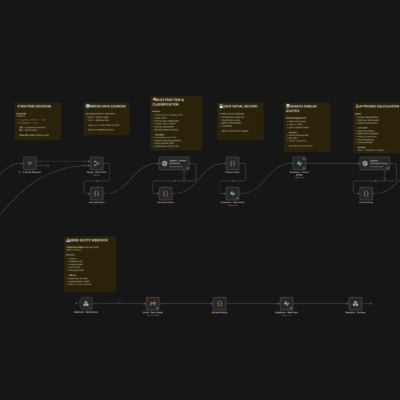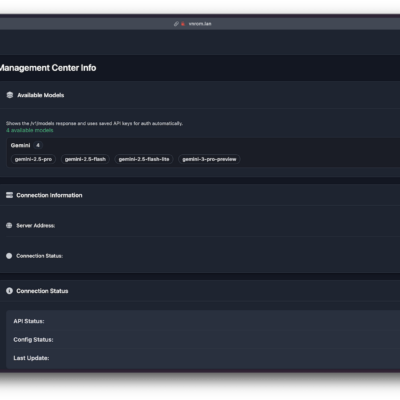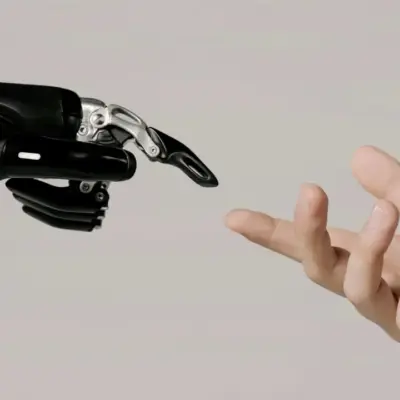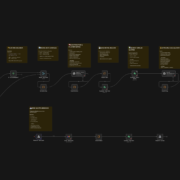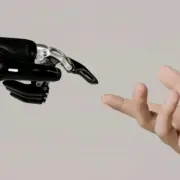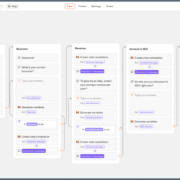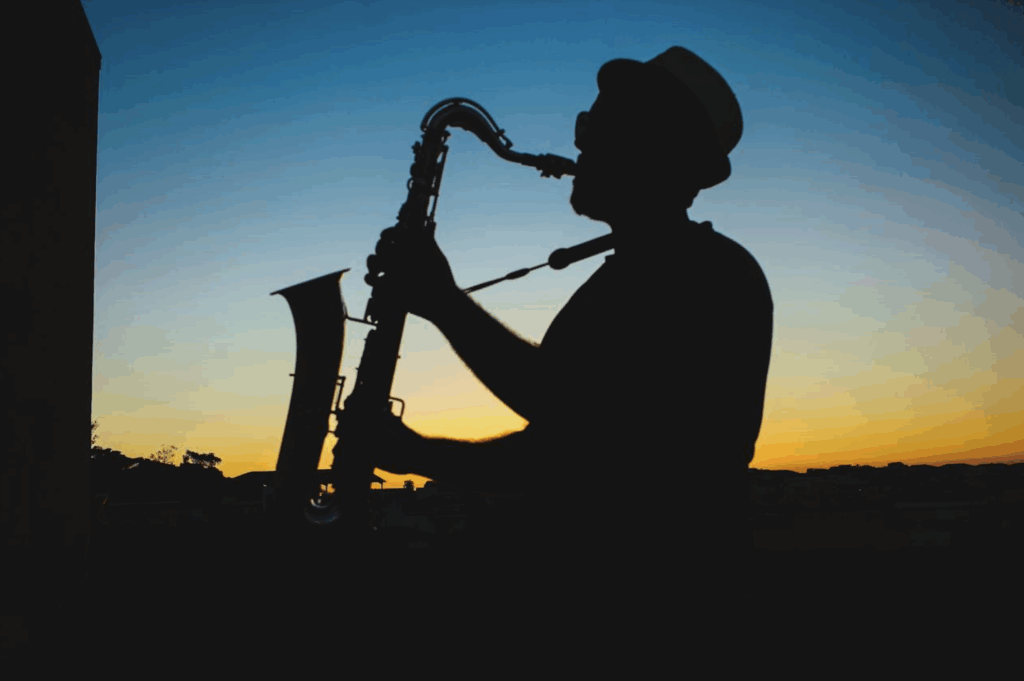
AI jazz technology has advanced remarkably in recent years, with systems now capable of analyzing and generating music that adheres to specific styles. While these artificial intelligence systems can process and predict accompaniment chords in just 0.66 milliseconds, they still face fundamental challenges when attempting to capture jazz’s essence.
AI jazz music generators struggle with the deeply human elements of this art form. The reality is that AI-generated jazz music often lacks the emotional depth and interactive qualities that define authentic jazz improvisation. This intricate dance of creativity, exemplified by masters like the legendary drummer Al Foster, whose subtle rhythmic shifts and empathetic interplay define the very essence of live jazz, presents a fascinating challenge.
Throughout this article, we’ll explore whether machines can truly understand the soul of jazz, how they’re being taught to improvise, and what this technological development means for the future of music creation.
How AI Learns to Improvise Music
The technical journey of teaching machines to play jazz begins with a fascinating parallel: much like a jazz musician anticipates the next note based on musical knowledge, an AI model predicts the next element in a sequence using vast amounts of processed data.
Understanding machine learning and jazz patterns
Jazz improvisation and AI share core similarities in how they process information. Both involve learned patterns and spontaneous decision-making within established frameworks.
Long Short-Term Memory networks have proven particularly effective because they capture temporal context, simulating how humans recognize patterns over time. These networks understand that music isn’t just random notes—it’s complex joint probability distributions where harmony, melody, and rhythm intertwine.
The Role of Intent and Emotion in Jazz
Jazz musicians often describe a fascinating paradox at the heart of their art: to improvise authentically, they must “try not to try”. This deliberate surrender of control represents a fundamental aspect of jazz that current AI systems struggle to replicate.
The jazz improviser exists in a unique mental state, intentionally relinquishing conscious control while simultaneously maintaining awareness through what musicians call a “third ear”. This paradoxical relationship with intention allows new ideas to emerge spontaneously rather than being deliberately planned.
Musicians prepare extensively, absorbing patterns and theory, yet avoid consciously deploying these materials during performance. This delicate balance between preparation and spontaneity creates what critic Whitney Balliett famously called “the sound of surprise”.
Can AI simulate emotional expression?
Research reveals there’s no simple correspondence between emotions and musical features in jazz. Instead of following universal rules (like “minor key = sad”), jazz musicians combine heterogeneous musical elements to convey emotional states. Studies demonstrate that performers use widely varied approaches for expressing positive and negative emotions, with significant statistical differences observed in every measured musical element.
Furthermore, the emotional perception of jazz is highly subjective. The same solo that one critic described as “angry” was perceived as “friendly” by most listeners in a later study. This subjectivity presents a substantial challenge for AI jazz music generators attempting to capture emotional nuance.
The challenge of encoding musical ‘soul’
The greatest obstacle for AI jazz improvisation systems lies in developing what REACH project leader Shlomo Dubnov calls “intrinsic motivation”. As he explains, “If we produce sounds with the intent to make music, that is music. That means that, to become musical, the computer must have its own intent”.
Many musicians remain skeptical about AI’s capacity to replicate human artistry. Drummer Nate Smith believes “there is a feeling and an emotion that can’t be achieved” by machines. The authenticity in jazz often emerges from imperfections—the unexpected notes and subtle variations that make performances uniquely human.
Ultimately, as we develop increasingly sophisticated AI jazz music generators, the question remains whether technology can ever capture what many consider the essential quality of jazz: its soul.
Call-and-response with AI agents
Jazz improvisation has always relied on musicians exchanging musical ideas through call-and-response patterns. AI systems now participate in this dialog through sophisticated listening algorithms that analyze what human performers play and generate appropriate responses.
The MUSICA project (MUSical Improvising Collaborative Agent) at the University of Illinois demonstrates this capability by creating a knowledge database of canonical jazz solos. This system analyzes human performance in real-time, including beat, pitch, harmony, and rhythm, to generate musically appropriate responses.
Additionally, musicians like Herbie Hancock view AI as a creative partner rather than a replacement.
What This Means for the Future of Music
The rise of AI in jazz production challenges our traditional understanding of what creativity means. AI systems can now analyze vast musical datasets, including genre-defining records like Thelonious Monk’s “Genius of Modern Music Volume 2”, creating works that blur the line between human and machine expression.
Yet this blending of human and AI creativity presents both opportunities and risks. Between 100,000 to 150,000 songs are being released daily on major streaming platforms, a number that will only increase with AI-generated content. This “tsunami of AI-generated songs” threatens to overwhelm listeners and make it harder for human artists to stand out.
Artist Anthony Brandt notes that human creativity typically “amplifies anomalies,” adding unexpected quirks that resonate emotionally with audiences, elements often missing in AI outputs. This distinction may ultimately determine whether AI serves as a creative partner or merely a sophisticated tool.
Will AI-generated jazz be accepted?
The jazz community appears divided on AI’s role. Some purists believe jazz will resist AI encroachment because of its deep roots in “improvisation, emotion, and individual expression”. Others see potential for AI to push creative boundaries.
Public reception remains uncertain. Listeners may question whether a song’s appeal diminishes upon learning it was AI-generated. Indeed, the line between homage and imitation grows increasingly thin—one critic noted that COLTRADAVISMONK’s Grammy-winning album “sounds like you trained an AI to rip off Kenny G”.
To Sum Up
Throughout this exploration of AI jazz improvisation, we’ve seen both remarkable advancements and fundamental limitations. AI systems can process musical patterns in milliseconds, yet they struggle with the ephemeral qualities that make jazz truly human. Nevertheless, technological progress remains undeniably impressive.
Meanwhile, human-AI collaborations continue to evolve. Still, questions persist about whether such collaborations produce authentic jazz or merely convincing simulations.
Despite these limitations, AI jazz technology will undoubtedly continue its development. The genre’s emphasis on live interaction, audience connection, and individual expression may represent qualities that technology can approach but never quite capture.
Much like jazz itself, the future relationship between AI and improvisation remains unpredictable, full of surprising harmonies, occasional dissonance, and endless possibilities.

